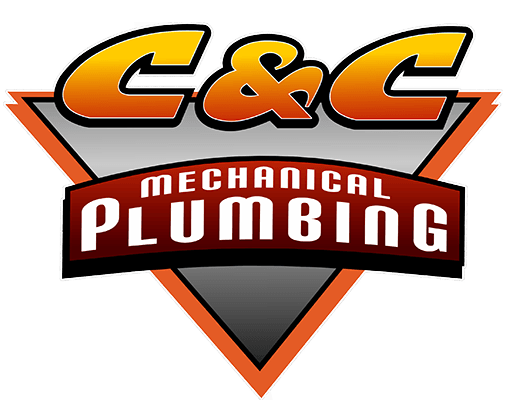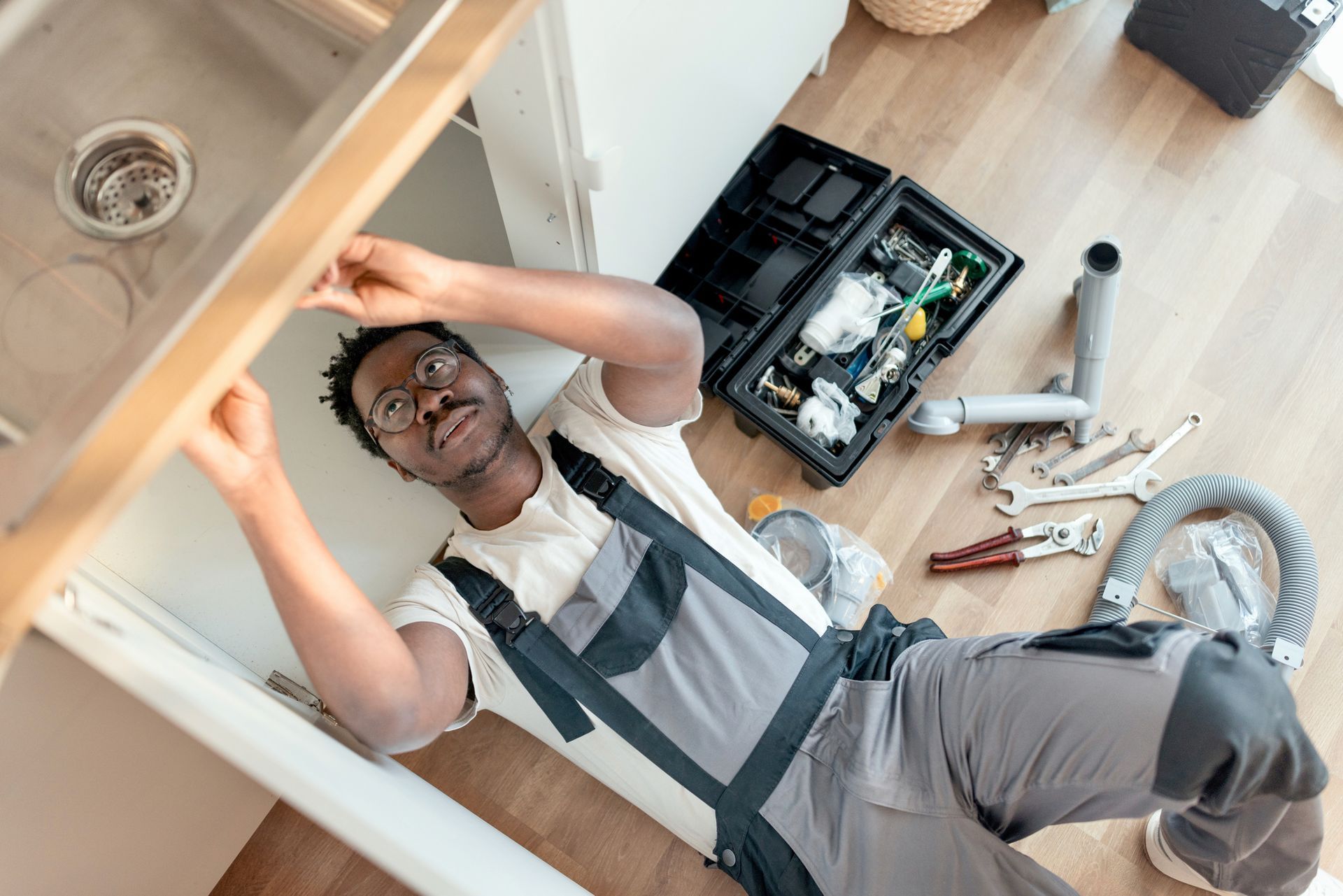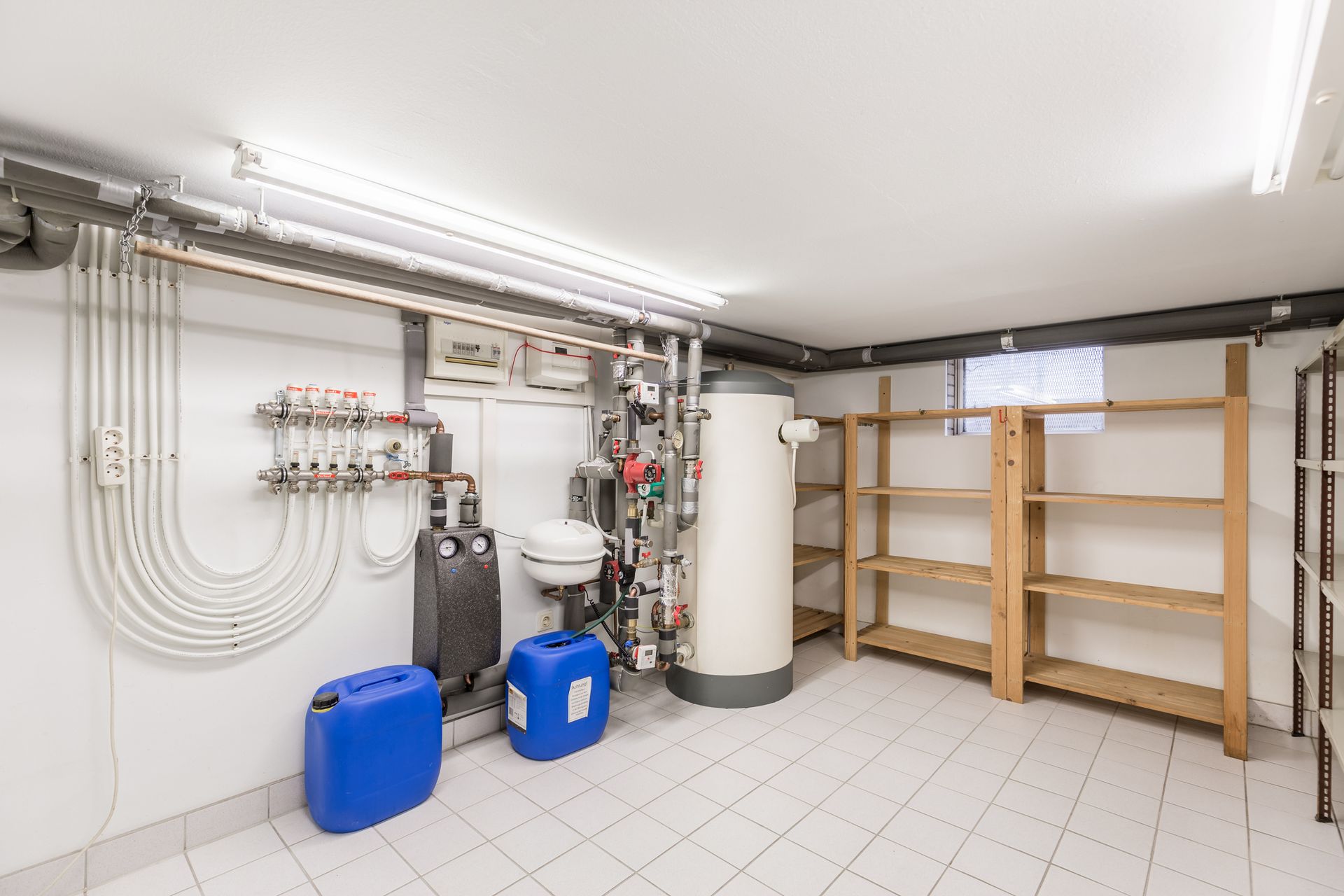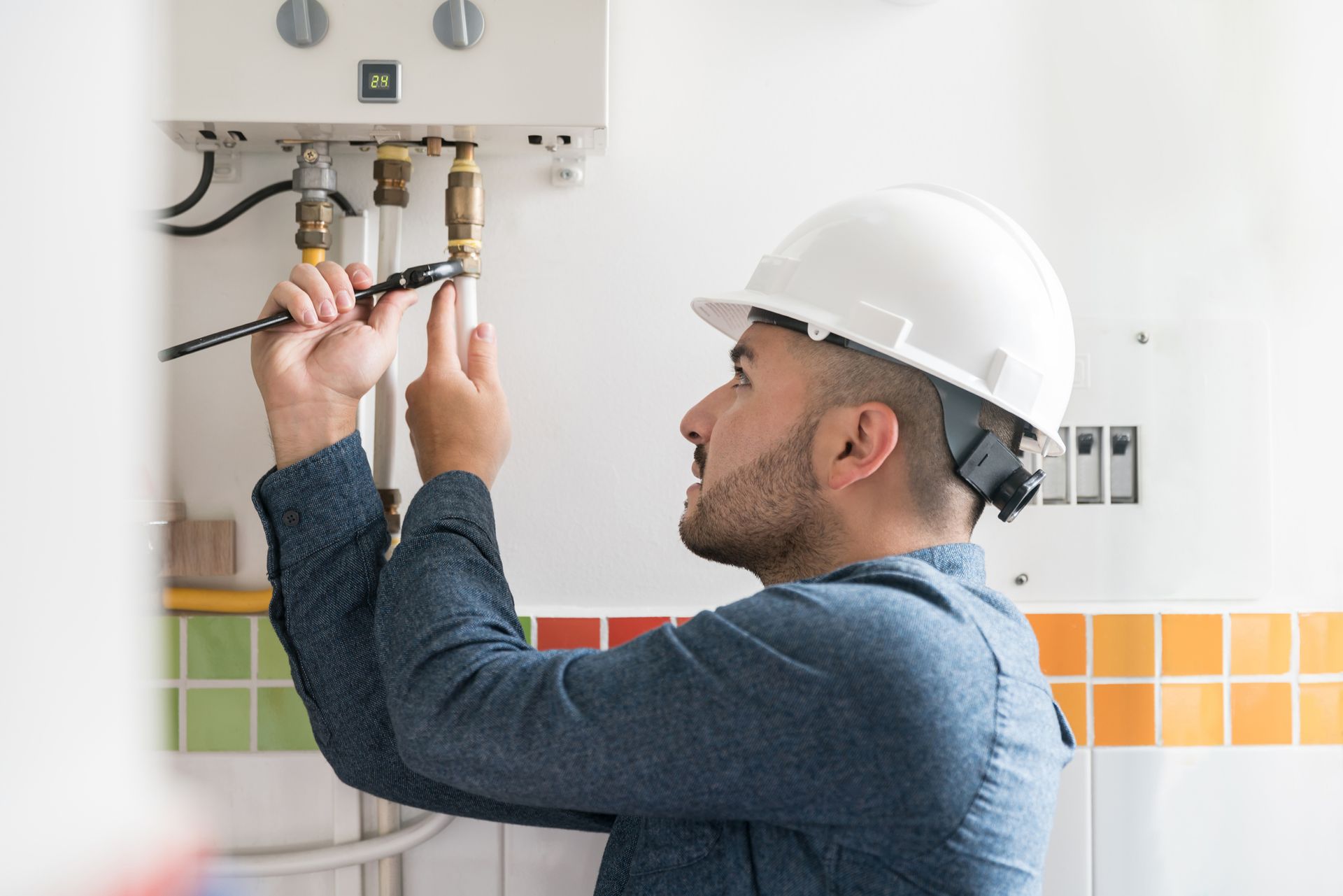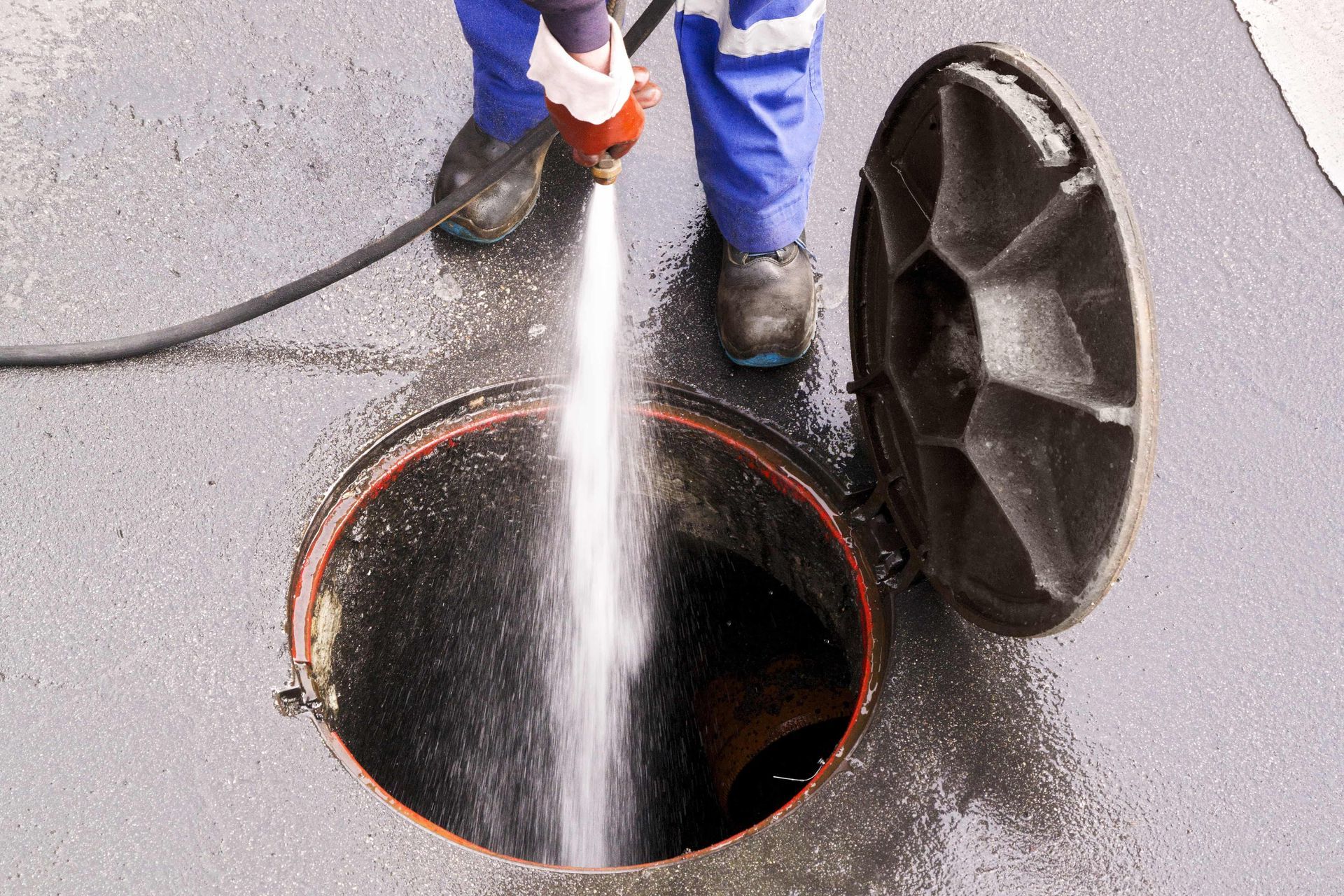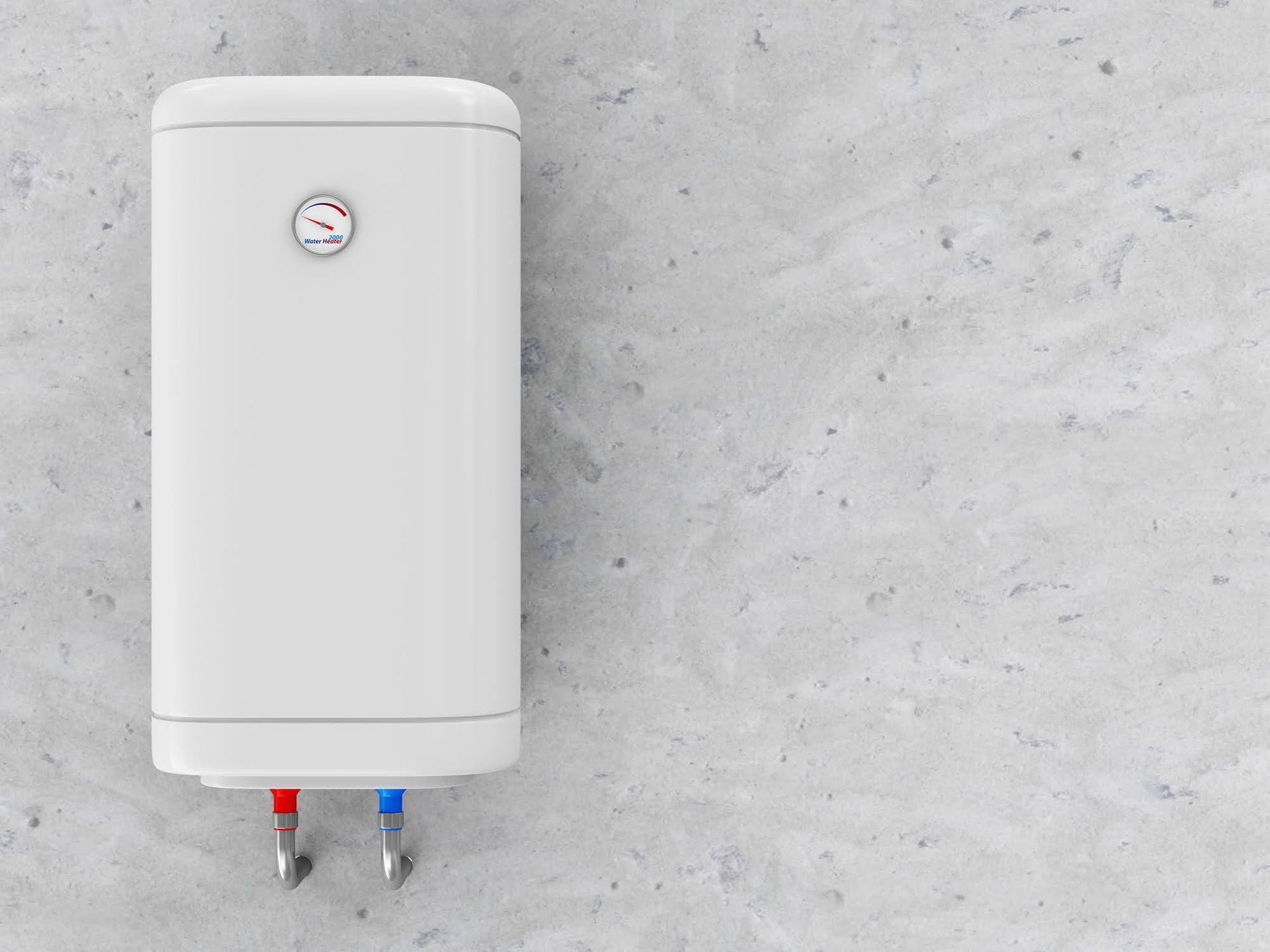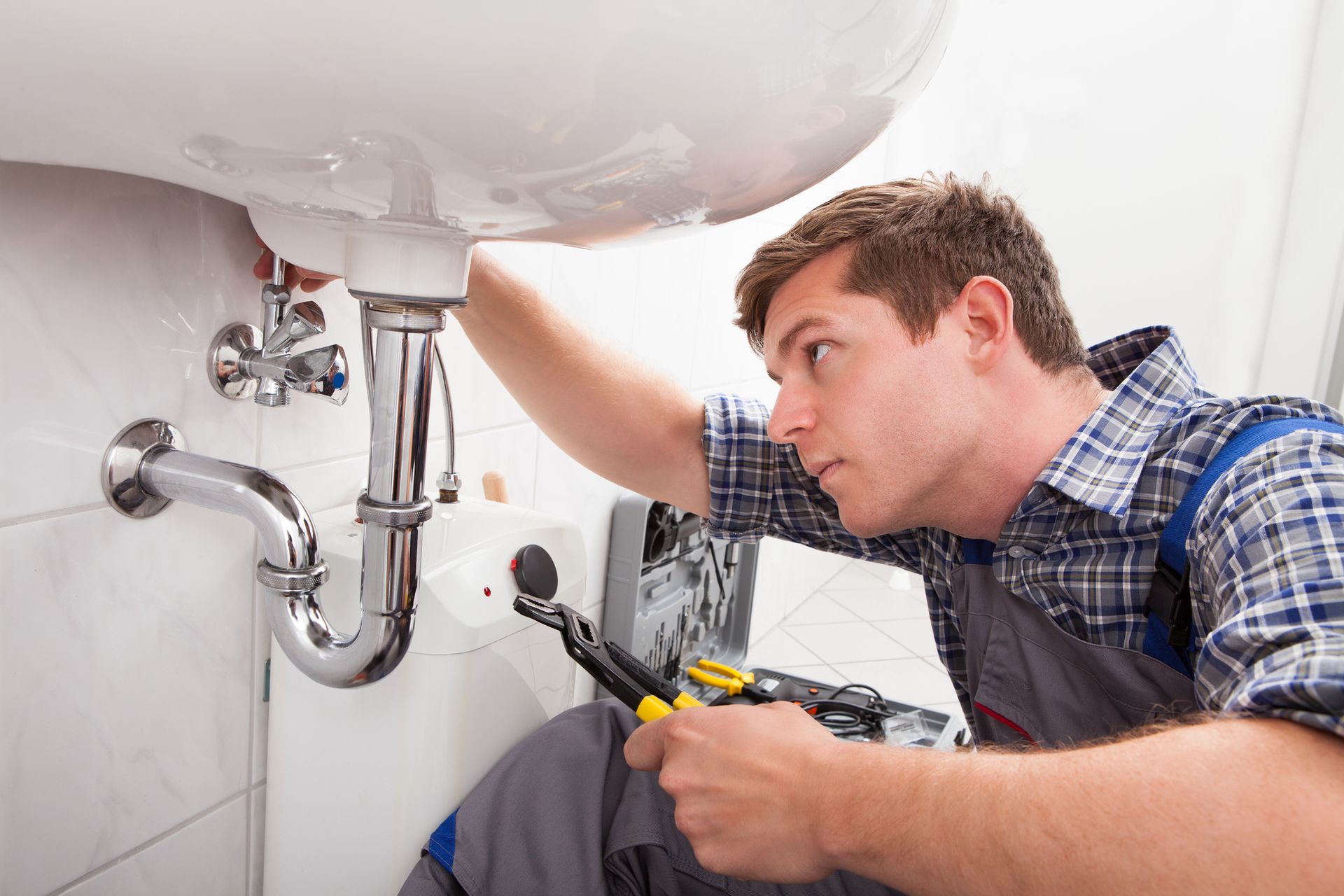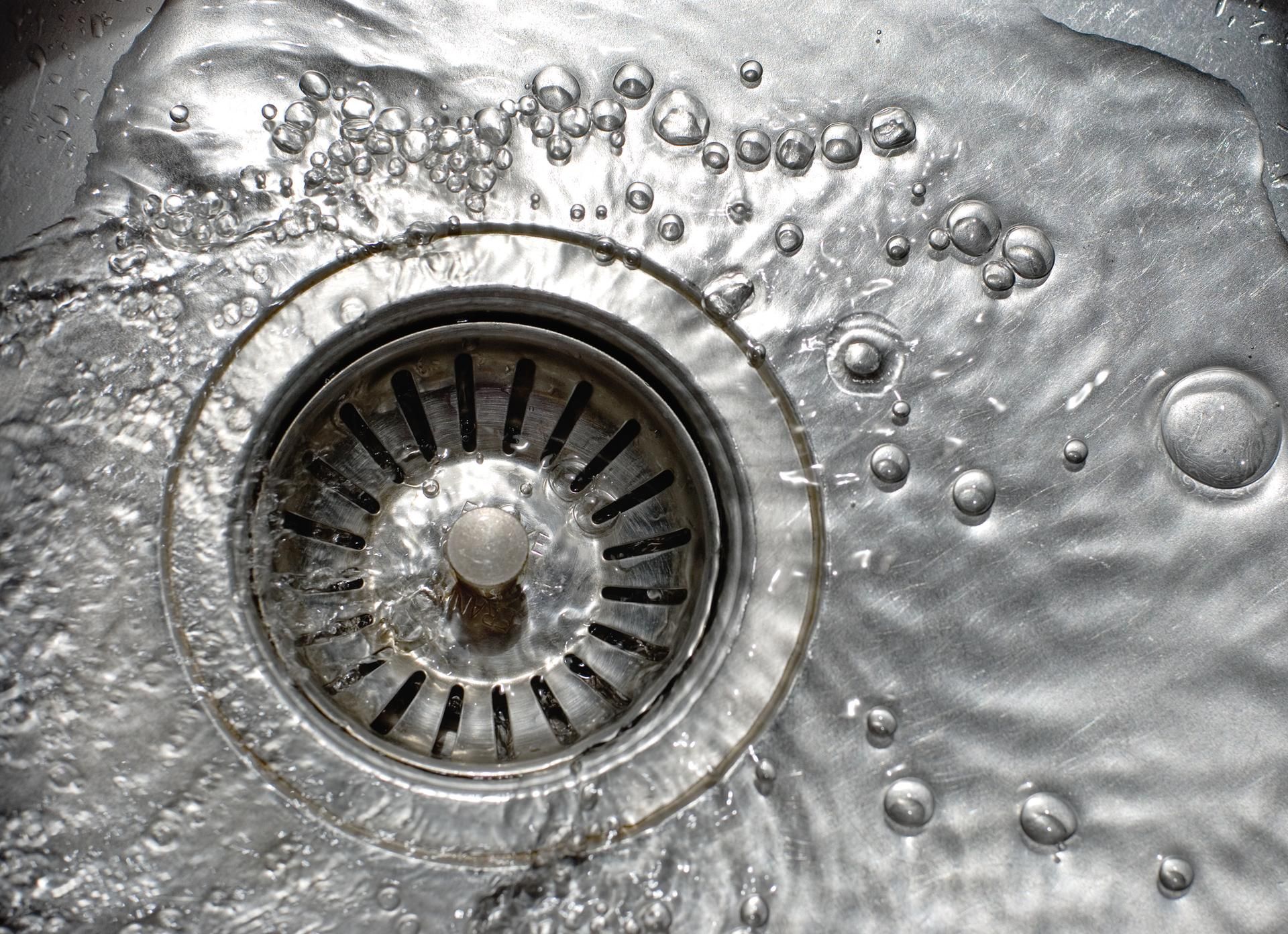Tips for Maintaining Your Home's Sump Pump
Sump pumps play a vital role in many homes, ensuring that excess water stays out of basements and crawlspaces. A functioning pump can be the difference between a dry, comfortable living space and a flooded disaster. It's crucial to regularly maintain your sump pump to ensure it remains in top working condition. Whether you have a pedestal or submersible pump, here are some essential tips to keep your home safe and dry.
General Maintenance Tips for All Sump Pumps
Regardless of the type of sump pump you have, there are general maintenance practices that apply universally to ensure they function optimally.
- Inspect Regularly: Make it a habit to inspect your sump pump at least every few months. Check for debris in the pit and ensure the pump is standing upright.
- Test the Pump: Pour a bucket of water into the sump pit. The pump should start automatically, discharge the water, and then turn off without any issues.
- Check the Power Source: Ensure that the pump is plugged into a working ground fault circuit interrupter (GFCI) outlet and that the cord is in good shape.
- Keep Backup Power: Power outages often occur during heavy storms—the exact time you'd want your sump pump to be functional. Consider having a battery backup or a generator for such situations.
Understanding the type of pump you have can also guide specific maintenance practices.
Pedestal Pump Maintenance Tips
Pedestal pumps stand upright with the motor positioned above the sump pit. This design makes them easier to inspect and service.
- Keep It Clean: Since the pump components are more exposed, regularly dust off the motor and ensure it's free from any obstructions.
- Lubricate As Needed: Check the manufacturer's instructions about lubricating the pump. Some models may require periodic oiling to keep them running smoothly.
- Monitor the Float: The float rises with the water level, triggering the pump to start. Ensure it's not obstructed and can move freely.
By following these pedestal pump maintenance steps, you can ensure longer pump life and efficient performance.
Submersible Pump Maintenance Tips
Submersible pumps sit inside the sump pit, entirely submerged in water, which can make them a bit more challenging to maintain but offers quieter operation.
- Clean the Grate: At the bottom of the pump, there's often a grate to prevent debris from entering. Periodically check and clean this grate to ensure smooth operation.
- Seal the Lid: Keep the sump pit covered with a tight-fitting lid. This will reduce the chance of debris falling into the pit, cut down on noise, and keep damp air from entering your home.
- Rust Prevention: Ensure the outer casing and the pump components are free from rust. Applying a rust-proofing spray can be a proactive step to avoid future corrosion.
- Check the Power Cord: Regularly inspect the power cord for any wear, tear, or damages. Ensure it's properly insulated to prevent any electrical issues.
By adhering to these submersible pump maintenance guidelines, you'll optimize its lifespan and functionality.
When to Call a Professional
Even with regular maintenance, sump pumps won't last forever. If you notice any unusual noises, frequent cycling, or ineffective water removal, it's time to consult a professional. They can help determine if repairs are feasible or if it's time for a replacement.
Your sump pump is an unsung hero, working hard to keep your home dry and free from potential water damage. Regular maintenance ensures it continues to serve you efficiently when you need it most.
If you're unsure about the condition of your sump pump or need expert guidance, don't hesitate to reach out to C & C Mechanical Plumbing & Drain Cleaning.
